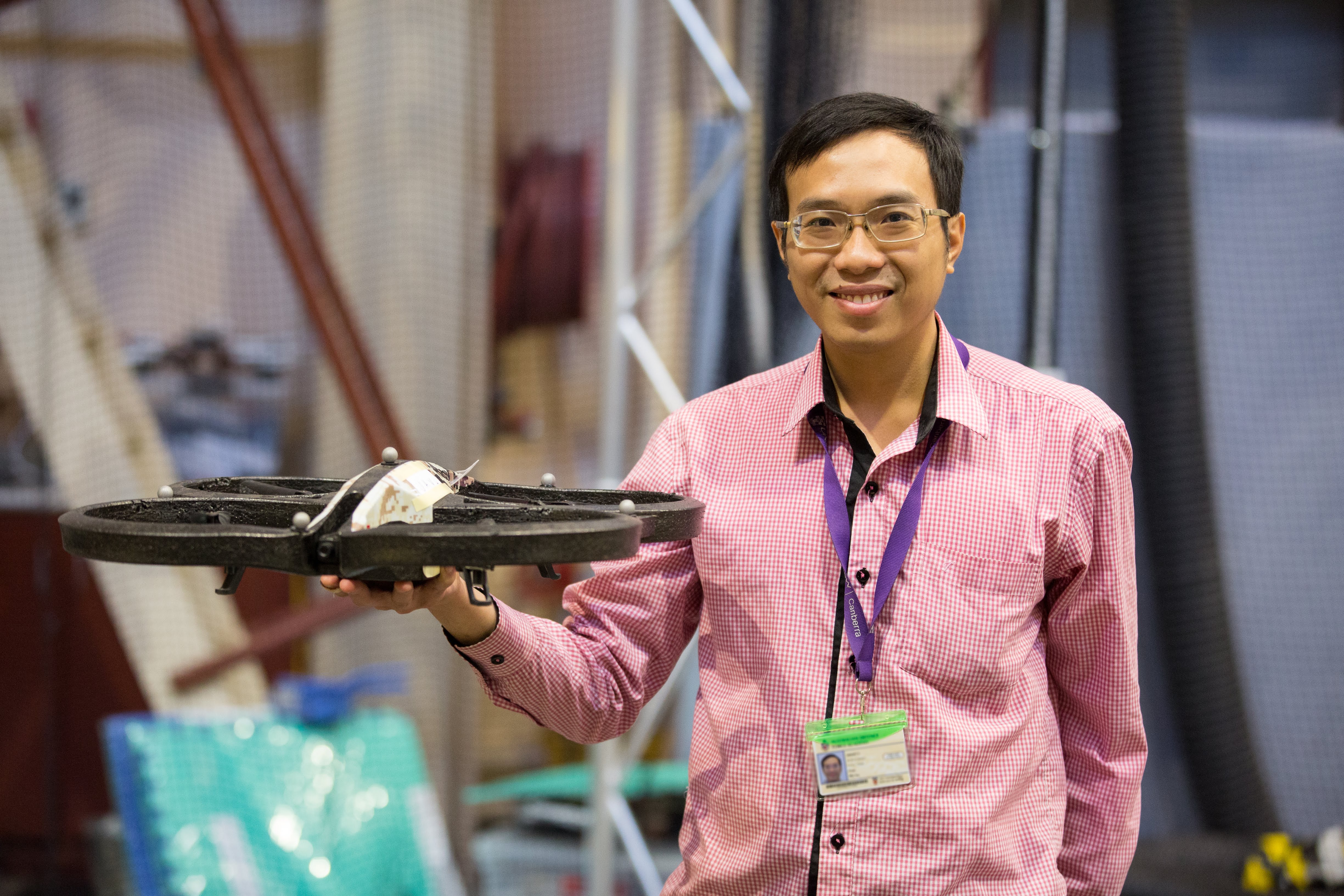UNSW Canberra drones and robots to the rescue
Some missions, such as search operations, have always included an element of risk. Now, UNSW Canberra researchers are working on artificial intelligence that could save lives by taking humans out of the equation.

